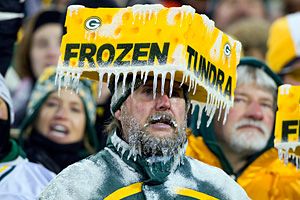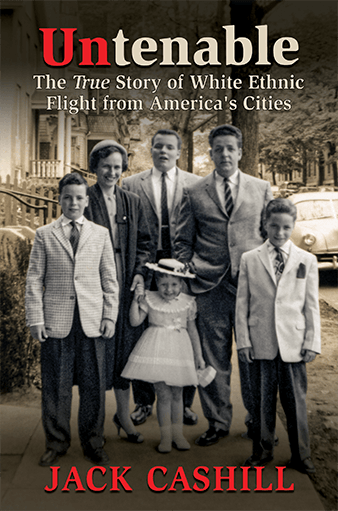In 1936, Kansas City endured 53 days with temperatures 100 degrees or above. The high temperature that summer was 113 degrees. Locals were getting used to the hot weather, as 1934 was the hottest year in American history and Kansas City caught the brunt of it. The high temperature that year was 111. The heat and drought of that era helped spawn the massive dust storms that swept the heartland and pushed all the way through to the East Coast.
degrees. Locals were getting used to the hot weather, as 1934 was the hottest year in American history and Kansas City caught the brunt of it. The high temperature that year was 111. The heat and drought of that era helped spawn the massive dust storms that swept the heartland and pushed all the way through to the East Coast.
Had the city council of Kansas City, Missouri, passed a Climate Protection & Resiliency Plan (CPRP) in 1936, one could understand their motivation. There was a climate crisis. People were dying of heat exhaustion. At the time, almost no one had air conditioning. On the hottest nights, locals slept in city parks by the thousands to find some relief from the heat. For outlying residents of the region, the dust was even harder to escape. Yet, it was not until last week that the city council passed the CPRP. Easily. The vote was 11-1.



